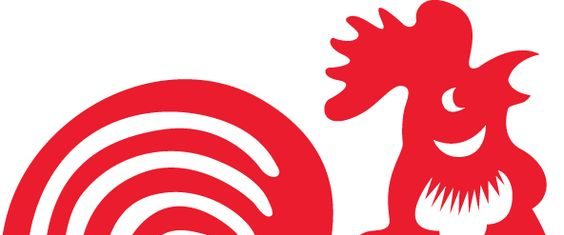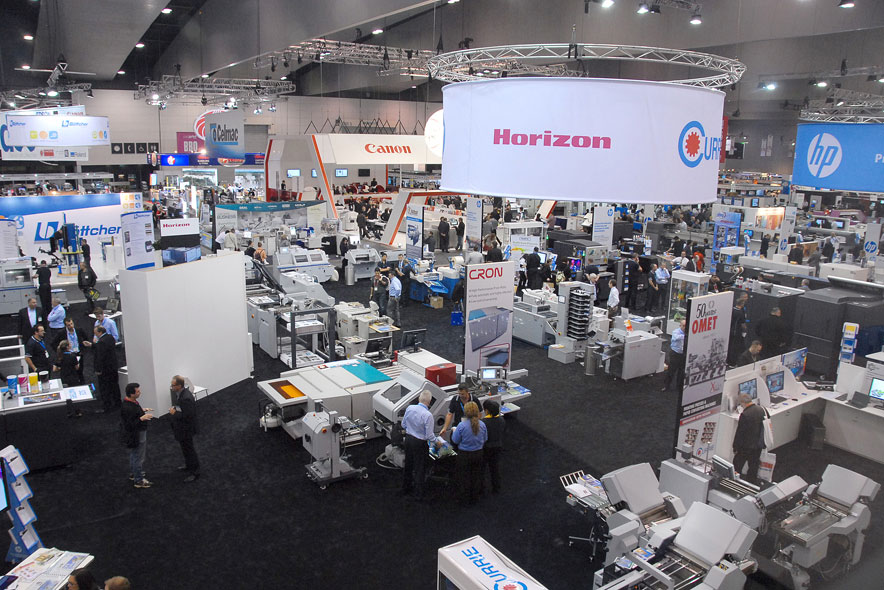
Print’s wake-up call for 2017
2017 is the ‘Year of the Rooster’ in the Chinese lunar calendar
Predictions and forecasts can be slippery things – just ask Hilary Clinton who was considered a shoo-in for the US Presidency. Instead, 2017 will see the beginning of the Trump era for world politics and power and it looks like being a stormy ride.
However, without some form of forecasting and crystal-balling, no industry can have a strategy plan and print, paper and packaging is no exception. In fact, predicting the direction printing, paper and packaging will take in 2017 and beyond is probably more challenging than most other manufacturing businesses, but there are some certainties.
With the shut-down of Australian car manufacturing completed during 2017 when Toyota, Ford and GM Holden finalise the closure of their plants; printing and packaging will become Australia’s largest manufacturing sector! More than 35,000 Australians are directly employed in printing, with another 110,000 indirectly, in over 6,000 businesses. The broader sector generates almost $56 billion in revenues according to a recent submission to government by the Printing Industries Association.
Numbers like these will surprise many, who judge print only by the obvious products of newspapers, magazines, books and so-called ‘junk mail.’ There is certainly some contraction in information and news – based printing, where the immediacy, price and accessibility of online methods fulfill consumer needs more effectively. However, printing has always been more than this and some sectors are growing at an impressive rate, which looks to be unabated for 2017.
Books are back
Books, for example, are bouncing back from the e-Reader assault and people, especially younger children, are one again realizing the ‘Haptic’ benefit and enjoyment of physical books. Haptic comes from the Greek haptikos meaning to touch and connect. As any educator knows, this is the great strength of book-based learning; it appeals to all of the senses and puts the reader in more direct contact with the author and message. Several university studies have confirmed this, most notably that conducted by Dr Anne Mangen of Stavanger University, Norway.
Such studies in no way detract from the wonders of computers and the internet, just that when it comes to immersion and absorption of educational texts, paper beats screens hands-down.

The same could be said for the humble business card. Why have electronic methods failed to obliterate business cards? It’s back to haptikos again. When a quality business card is handed from one person to another, a connection is made – and kept. It’s an ice-breaker, a first impression-maker and, even if scanned into a card database, a way of networking with few rivals. In Japanese business, there is etiquette and ceremony of business-card exchanging and a person without one is considered ‘faceless.’ A business card with a quality finish or embellishment creates a more positive impression, just as the way someone dresses conveys an image of formal, casual, untidy or smart.
Catalogues drive commerce
Brochures and catalogues are also the most effective way of getting your product or service information into someone’s hands. Catalogues influence four out of every five retail purchases, according to a study by Monash University’s Australian Centre for Retail Studies (ACRS). Over 89% of shoppers read at least one catalogue a week across all ages, which is why they are still so popular in letterboxes, inserted into newspapers and handed out in-store. Aldi, the German supermarket chain that has taken Australian retailing by storm, attributes most of its successful reach to its catalogues.

On a smaller scale, even a simple but well-deigned catalogue of your business goods and services can return handsome dividends in increased sales – not everyone is trawling the internet looking for a bargain and there is increasing disenchantment with frauds, scams and substandard goods. A balanced combination of ‘e-ailing’ and ‘re-tailing’ would appear to be the answer.
Better still, information packs that contain relevant information about why people should do business with you, inside a foolscap folder with business card slot, is an unbeatable way to close a meeting and, as they say in showbiz ‘leaves them smiling.’ Looking into 2017, it is probably that printed promotional and information products will continue to be more focused and targeted, produced in smaller runs to avoid obsolescence and made to look more professional.
Shorter print runs mostly means more digital printing (where there are no plates, data goes directly to the inkjet or toner printheads). In May 2017, Australia sees its quadrennial PacPrint expo at the Melbourne Exhibition Centre. Looking at the floorplan of this show – already nearly sold out – it is obvious that the digital printing manufacturers such as Konica Minolta, Canon, Ricoh, Xerox and HP; dominate. It may well be that this is the first PacPrint ever where there will be no conventional offset presses on the floor.
There is also an increased presence of wide-format signage, point-of-sale and display digital printing, thanks to PacPrint being co-hosted with the Visual Impact exhibition. This is another growth area, and particularly for small businesses delivering close personal service to their local communities

Consolidation inevitable in 2017
Two other 2017 trends that have already been mooted are: consolidation and polarization in the market. The super-big printers will get bigger and more automated while the middle-ground will find circumstances difficult but the SME printers delivering high levels of service will thrive. Subject to ACCC approvals, PMP and IPMG – Australia’s largest web catalogue and magazine printers – will merge. So will BlueStar Group (IVE) with Victoria’s Franklin Web and AIW. This will create two ASX-listed behemoths of printing.
Mid-size printers will still be faced with very high capital costs to remain competitive, with automation being the only way they can survive. The exception is packaging and labels, where very good growth will continue The real winners will be the 2-30 employee printing firms specializing in delivering great products with high service levels. Capital costs are manageable and demand for shorter run work, printed more frequently, will continue to boost cash flows and stimulate demand.
So next time someone says ‘print is dying’ – remind them that it is now Australia’s largest non-food manufacturing sector and, even where food and beverages are concerned, plays a vital role in packaging the goods. It’s a technically advanced industry and will become even more so as the Rooster crows, 2017 progresses and the stimulus provided by May’s PacPrint expo takes effect.

